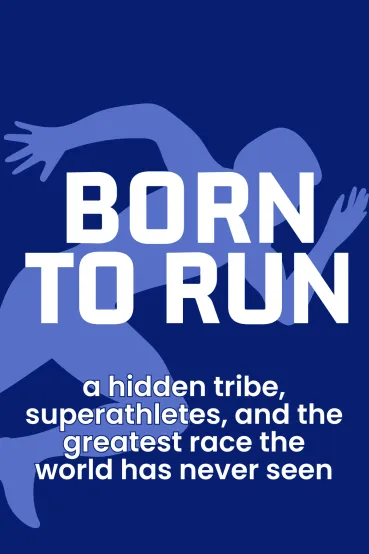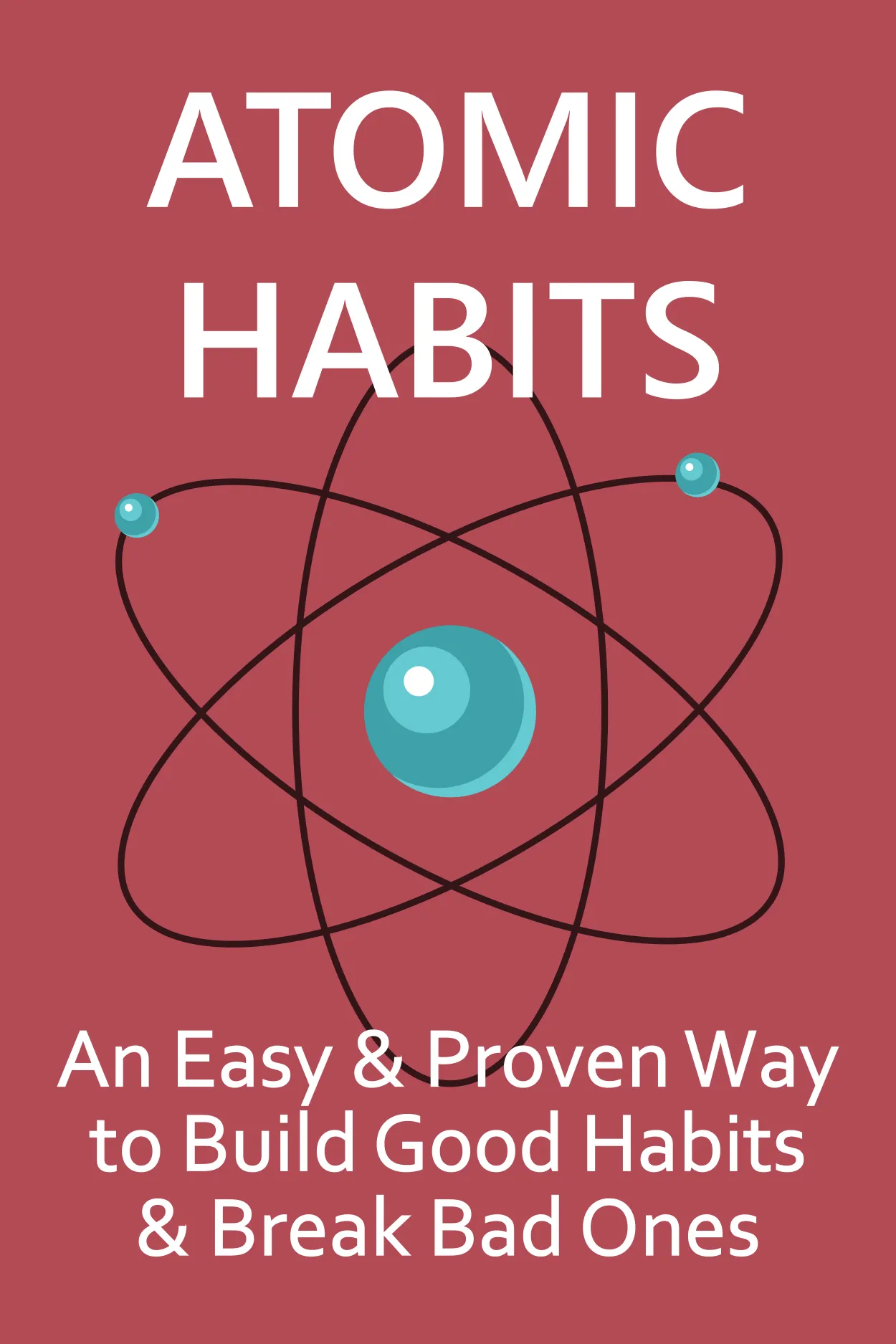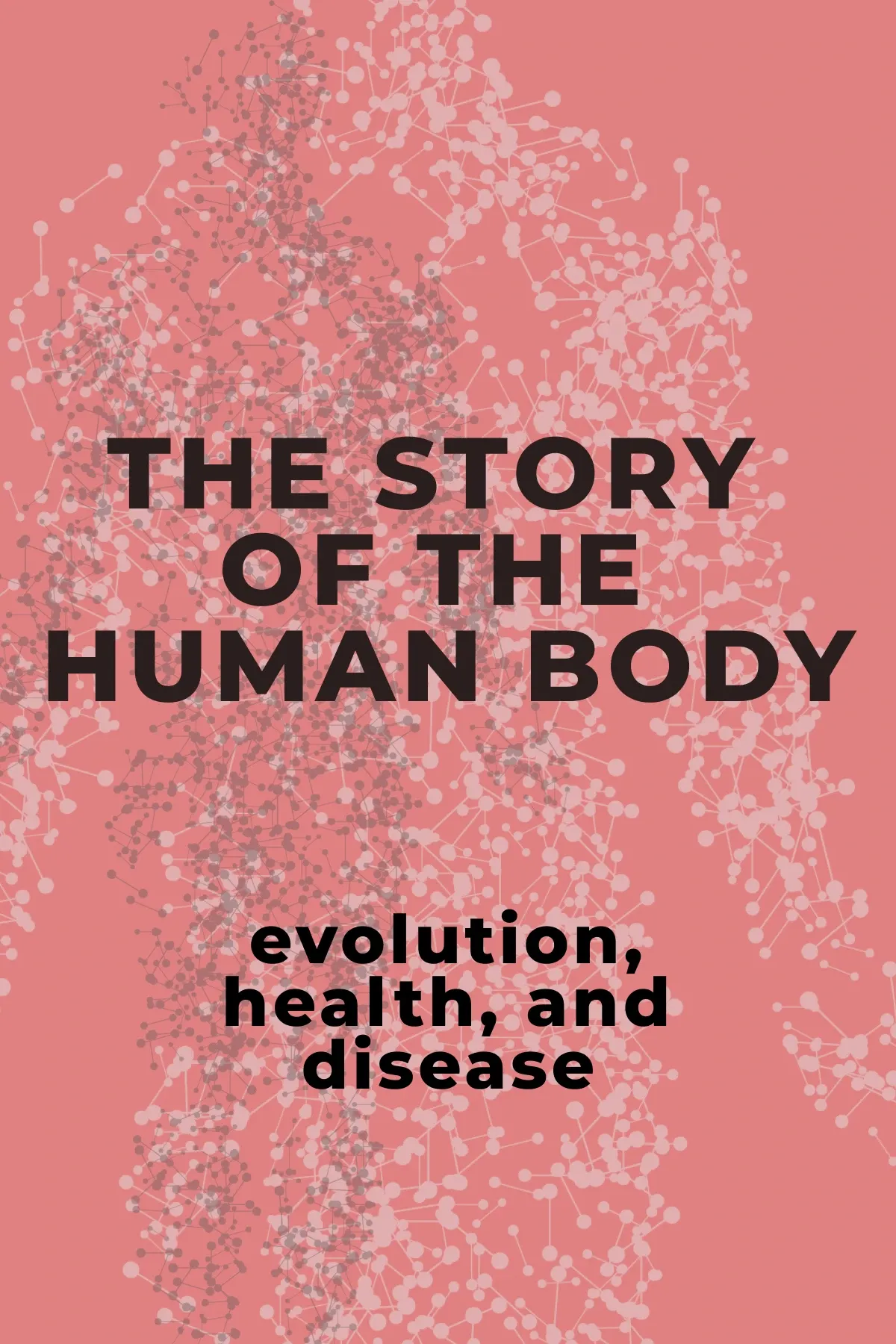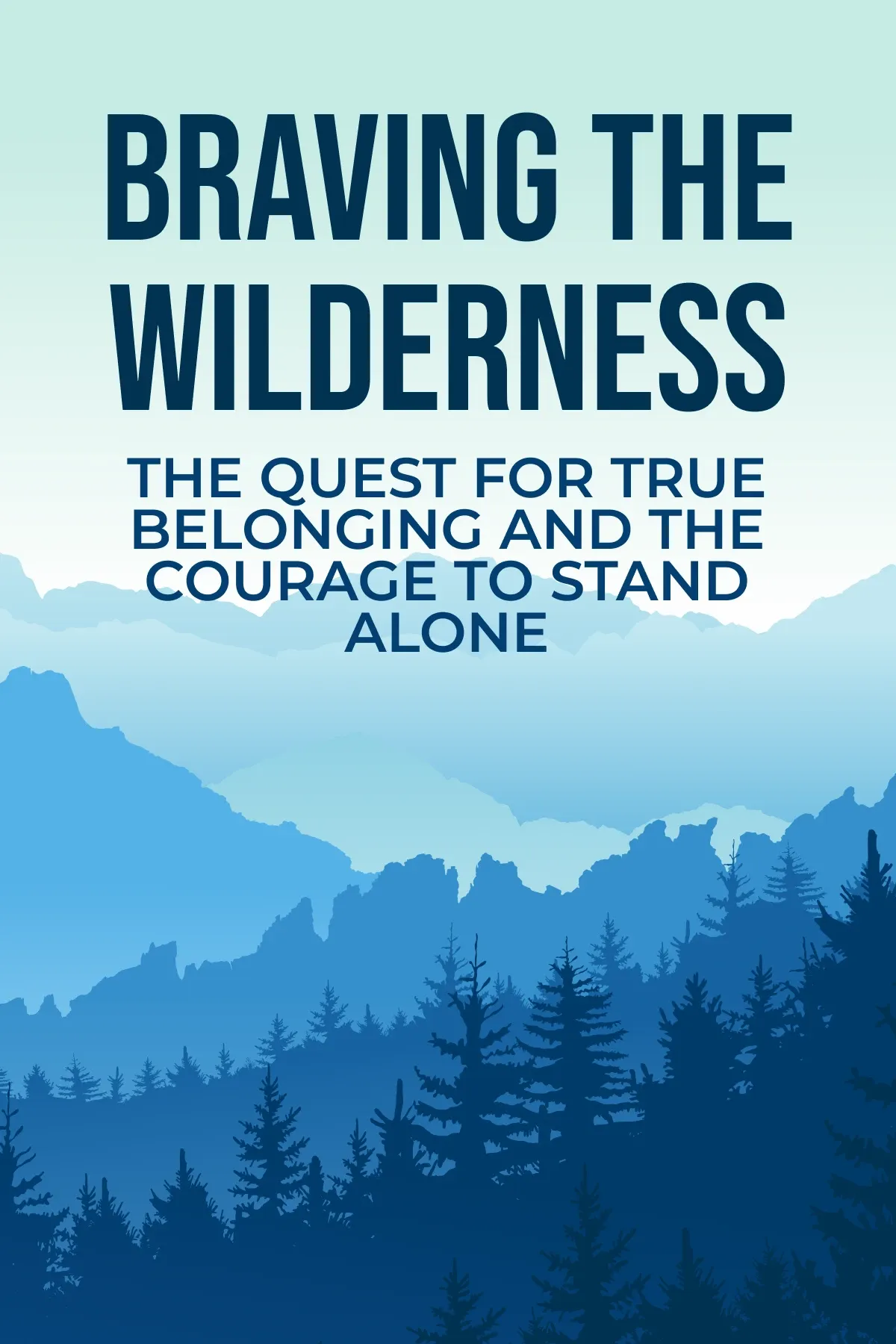
Born to Run
Brief Summary
“Born to Run” by Christopher McDougall explains the secret of success in long-distance running. You will realize that unique clothes, shoes, and diets do not determine your potential. The author encourages you to listen to your well-being and run to the end confidently and harmoniously.
Topics
Key points
Key idea 1 of 6
Who is the fastest on the planet? A cheetah or a lion! The answer could be more apparent. After all, Homo sapiens take the first prize in long-distance running because of their physiology.
Human thermal conductivity is more developed than that of animals. Most animals don't have the necessary glands in their skin responsible for cooling down as they sweat. That's why we always see dogs breathing heavily with their tongues out after an intense walk. Through breathing, they reduce body temperature.
Those interested in equestrian sports know that there are different types of running. The most popular among quadrupeds is galloping. The advantage of this type of running is its speed. The disadvantage is that the legs press on the lungs, which prevents full breathing. Therefore, one breath during a gallop is equal to one stride. This rhythm is normal up to a certain point. After that, the animals heat up faster than they can cool down, and for survival, they stop galloping. People get saved by the excellent work of sweat glands. In other words, breathing does not play a role in stabilizing body temperature; it only provides oxygen to the body.
Many of us may have noticed another difference between animals and humans. Sure, we have only two legs. Is this a plus or a minus? Let's find out! For the sake of survival and development, our ancestors decided they needed to learn to walk on two legs and use their arms for work. In this way, they were not only able to hunt, climb trees, and work in the field but also expand their chest. The new posture allowed them to retain more oxygen in their lungs, which increased their endurance. Although this evolution came at the expense of sprinting speed, our ancestors managed to run long distances.
There is something else that gives a person the right to be called the most enduring runner. It is the Achilles tendon. Since school, all children know about Darwin's theory that humans evolved from monkeys. Modern science only confirms that 95% of human DNA is identical to chimpanzee DNA. Yet even such a close relative does not have the strongest and thickest tendon found in the human body in the lower leg. As the foot steps forward, the heel tendon releases all the stored energy during stretching. This process increases endurance because we use less energy stepping.
FAQ
You may also like these summaries











